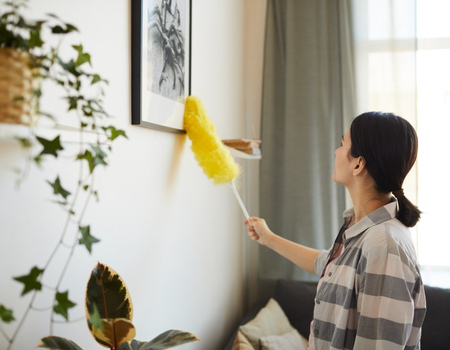Privacy settings
This website and third parties would like to store or access information on your terminal device, e.g. on your PC, in particular using cookies and similar technologies. This serves to optimize the website, ensure its functionality and create user profiles as well as to display interest-based advertising. Your personal data is also processed in this context.
These recipients may process your personal data for further purposes of their own, as part of a joint controllership with us or as our data processors.
By clicking "Accept", you explicitly consent to the storage of and access to information on your terminal device as well as to the processing described above.
You can withdraw your consent at any time with effect for the future by providing your "ID to request consent data". You can find the configuration options and further information, including on the storage period of cookies by clicking on "Details". Further information, in particular also on your rights of withdrawal and to object, can be found in the privacy policy and in the legal notice.
Details- These technologies are necessary to enable the basic functionality of the website.
- These technologies allow us to analyse the use of the website in order to measure and improve performance.
- These technologies are used by advertising parties to display ads relevant to your interests.











